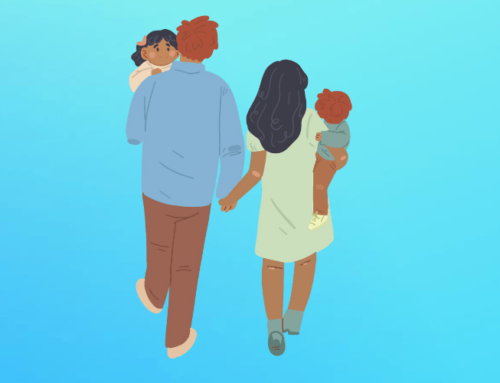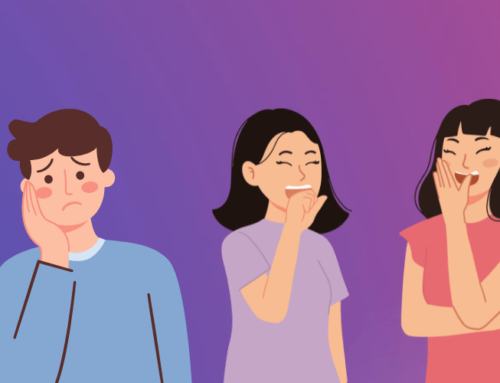When a loved one or family member is drinking too much, using drugs, or struggling with a mental disorder, your support can be key to getting them the treatment they need. Starting the conversation is the first step to getting help. Starting a talk about mental illness or substance use with a loved one is tricky. See below for some tips from the “Starting the Conversation Guide” from the article “Mental and Substance Use Disorders in Families: Multimedia Resources” by SAMHSA, featured in this post. Learn more about substance use disorders at their website SAMHSA.gov.
Video and Audio Resources
Family Drama
The Family Drama spots encourage families to talk directly with their loved ones about concerns with possible substance use.
Download 30 Second Video: English (MP4 | 36 MB) or Spanish (MP4 | 36 MB)
View 30 Second Video: English or Spanish
Download 30 Second Audio: English (MP3 | 1.2 MB) or Spanish (MP3 | 1.2 MB)
Download 20 Second Video: English (MP4 | 24 MB) or Spanish (MP4 | 24 MB)
View 20 Second Video: English or Spanish
Download 20 Second Audio: English (MP3 | 784 KB) or Spanish (MP3 | 784 KB)
Can We Talk?
The Can We Talk? spots show how to start a conversation about mental illness with your loved one using three simple words: “Can we talk?”
Download 30 Second Video: English (MP4 | 23 MB) or Spanish (MP4 | 22 MB)
View 30 Second Video: English or Spanish
Download 30 Second Audio: English (MP3 | 1.2 MB) or Spanish (MP3 | 1.2 MB)
Download 20 Second Video: English (MP4 | 40 MB) or Spanish (MP4 | 15 MB)
View 20 Second Video: English or Spanish
Download 20 Second Audio: English (MP3 | 784 KB) or Spanish (MP3 | 784 KB)
Family Support Guide
Do you suspect a family member is living with a mental or substance use disorders? Here are some things to keep in mind as you support them.
Family Support Guide Download:
English (PDF | 72 KB)
Conversation Guide
Starting a talk about mental illness or substance use with a loved one is tricky. If you’re unsure how to broach the subject, try these conversation starters.
Download: Starting The Conversation Guide by SAMHSA
Although kids who are bullied are at risk of suicide, bullying alone is not the cause. Many issues contribute to suicide risk, including depression, problems at home, and trauma history. Additionally, specific groups have an increased risk of suicide, including American Indian and Alaskan Native, Asian American, lesbian, gay, bisexual, and transgender youth. This risk can be increased further when these kids are not supported by parents, peers, and schools. Bullying can make an unsupportive situation worse.














